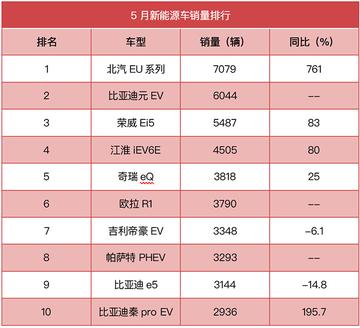一、背景介绍
在计算机专业的面试中,面试官往往会通过提出一些实际开发中可能遇到的业务上BUG来考察者的技术能力和解决能力。是一个典型的业务上BUG及其解答的案例分析。
二、
假设我们正在开发一个在线购物平台,一个功能是用户可以在购物车中添加商品。是一个简单的购物车管理系统的代码片段:
python
class ShoppingCart:
def __init__(self):
self.items = []
def add_item(self, item):
self.items.append(item)
def remove_item(self, item):
try:
self.items.remove(item)
except ValueError:
pass
def get_total_price(self):
return sum(item.price for item in self.items)
# 商品类
class Item:
def __init__(self, name, price):
self.name = name
self.price = price
# 创建购物车实例
cart = ShoppingCart()
# 添加商品到购物车
cart.add_item(Item("Laptop", 1000))
cart.add_item(Item("Mouse", 50))
# 尝试移除一个不存在的商品
cart.remove_item(Item("Keyboard", 100))
# 输出购物车中的商品和总价
print("Items in cart:", cart.items)
print("Total price:", cart.get_total_price())
在这个代码片段中,我们定义了一个`ShoppingCart`类和一个`Item`类。`ShoppingCart`类有两个方法:`add_item`用于添加商品,`remove_item`用于移除商品。尝试移除一个不存在的商品,`remove_item`方法中的`try-except`结构会捕获`ValueError`异常,并忽略它。
三、分析
出`remove_item`方法中。尝试移除一个不存在的商品,方静默地忽略这个操作,不会通知用户操作失败。这可能导致用户对购物车的实际状态产生误解。
四、解决
为了解决这个我们可以修改`remove_item`方法,使其在移除不存在的商品时返回一个错误信息。是修改后的代码:
python
class ShoppingCart:
def __init__(self):
self.items = []
def add_item(self, item):
self.items.append(item)
def remove_item(self, item):
if item in self.items:
self.items.remove(item)
else:
return f"Item '{item.name}' not found in the cart."
def get_total_price(self):
return sum(item.price for item in self.items)
# 商品类
class Item:
def __init__(self, name, price):
self.name = name
self.price = price
# 创建购物车实例
cart = ShoppingCart()
# 添加商品到购物车
cart.add_item(Item("Laptop", 1000))
cart.add_item(Item("Mouse", 50))
# 尝试移除一个不存在的商品
result = cart.remove_item(Item("Keyboard", 100))
# 输出结果
print("Result of removing item:", result)
print("Items in cart:", cart.items)
print("Total price:", cart.get_total_price())
尝试移除一个不存在的商品,`remove_item`方法将返回一个错误信息,而不会静默失败。
五、
通过这个案例分析,我们可以看到,在处理业务逻辑时,错误处理和用户反馈是非常重要的。良错误处理机制可以防止用户对系统状态的误解,提高用户体验。在面试中,面试官提出的这类旨在考察者对编程细节的重视程度和对的解决能力。



还没有评论呢,快来抢沙发~